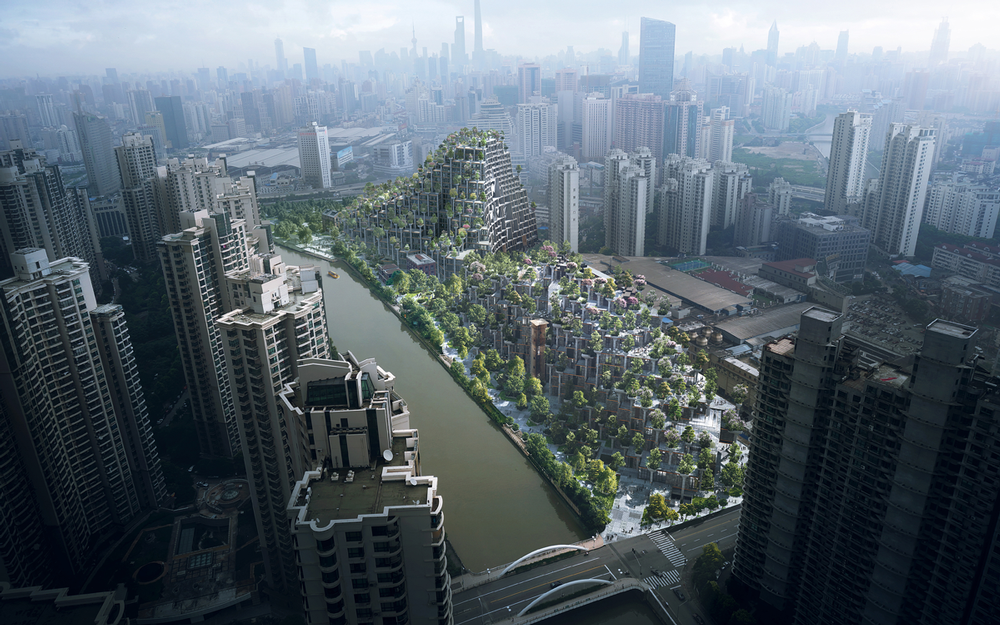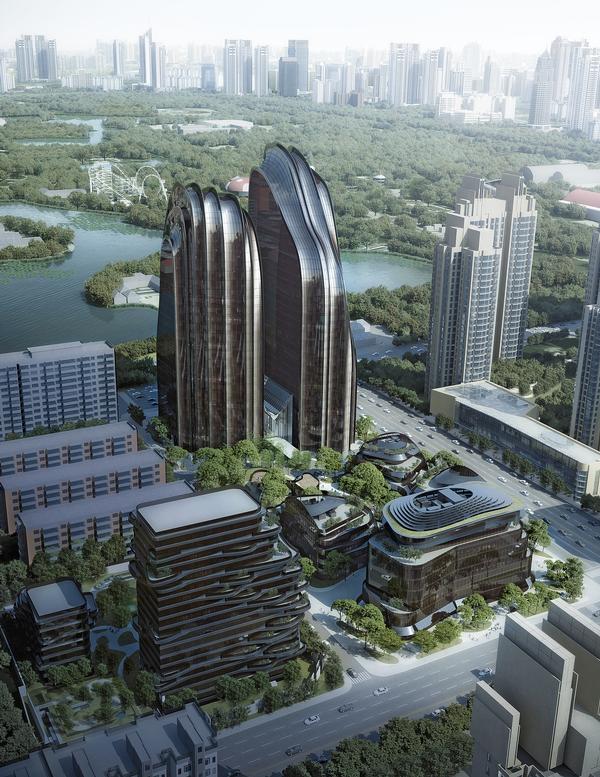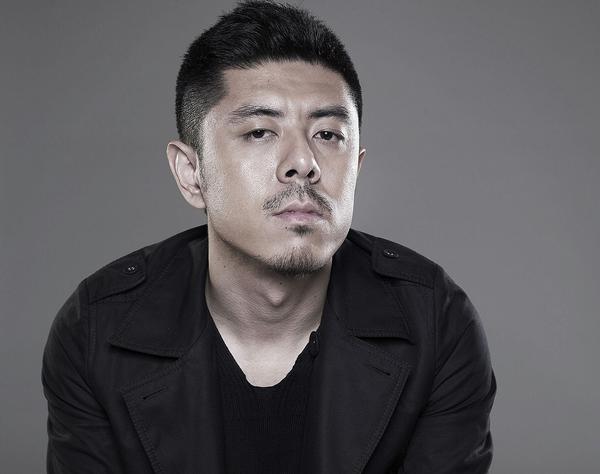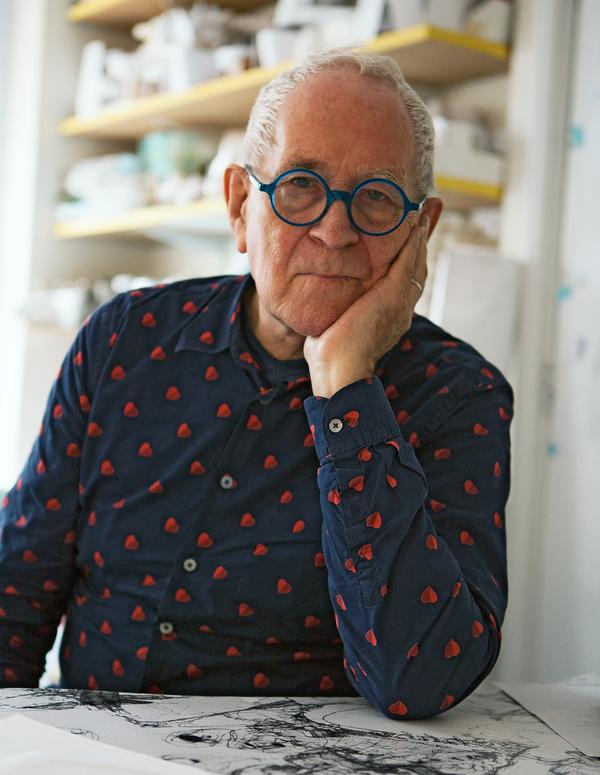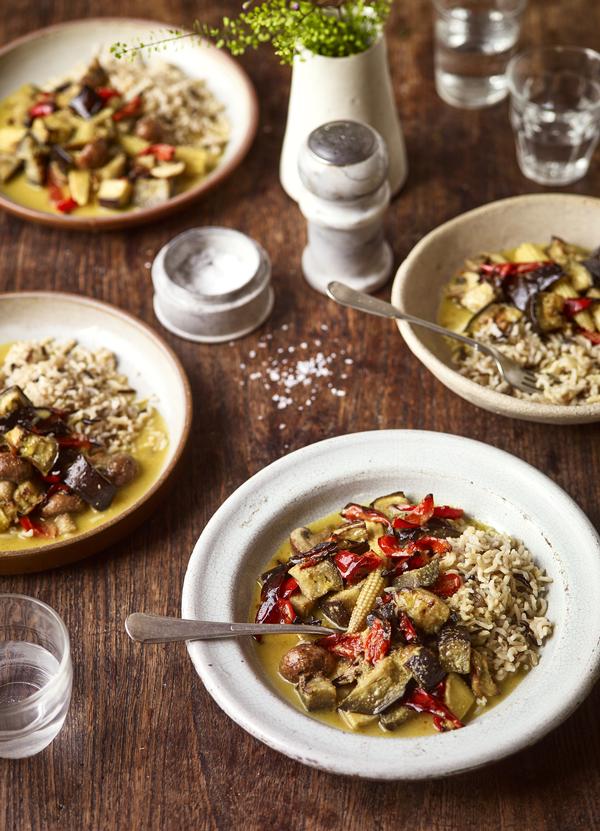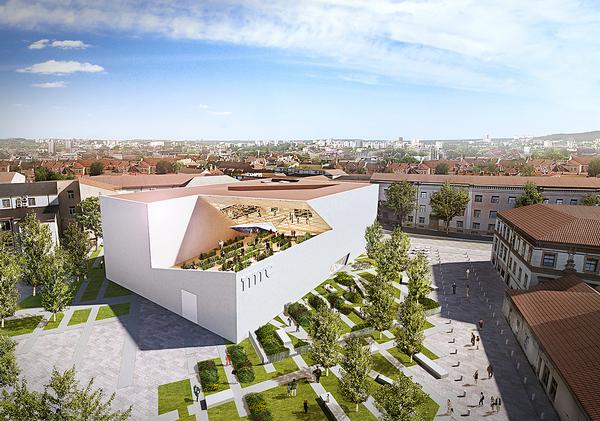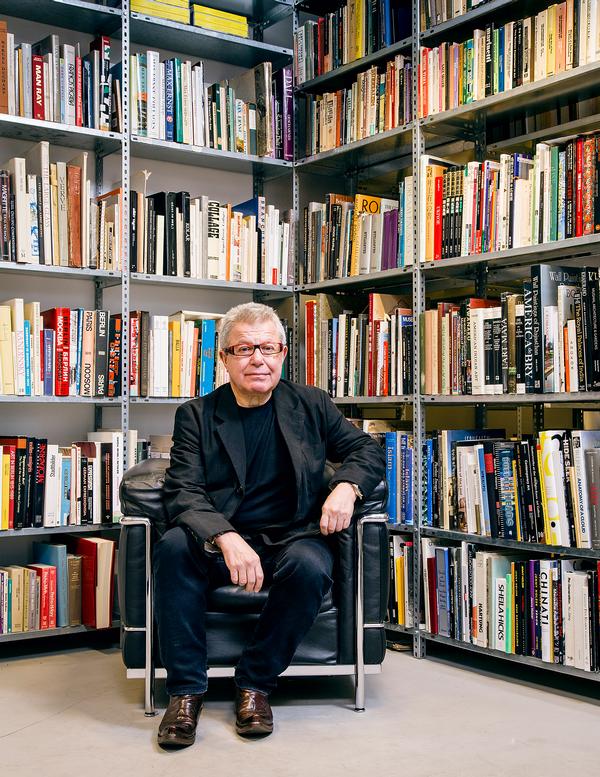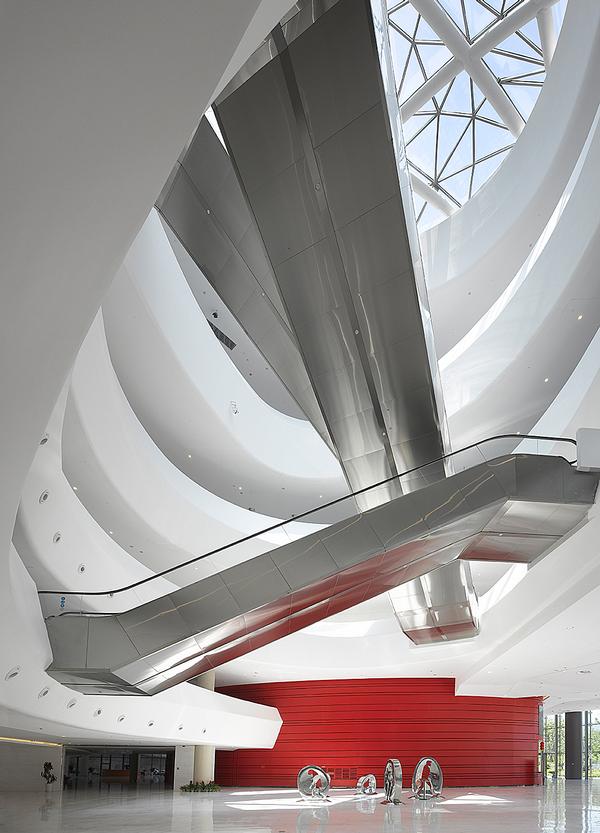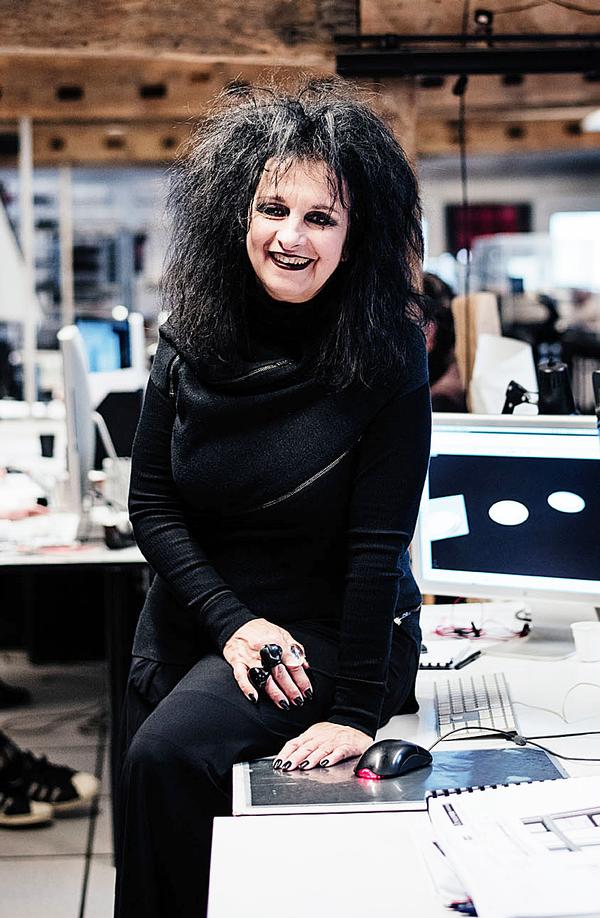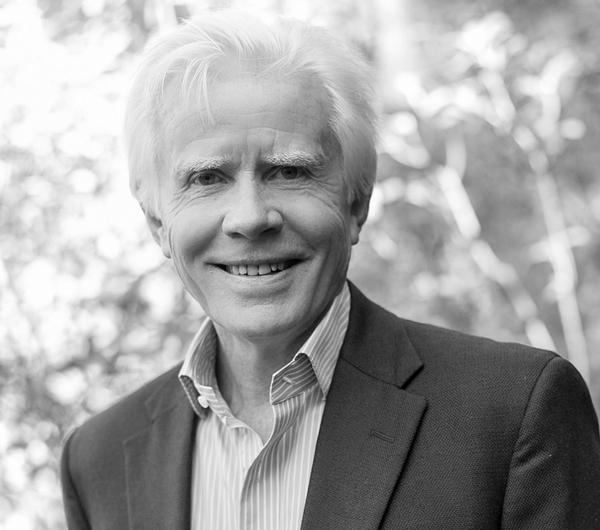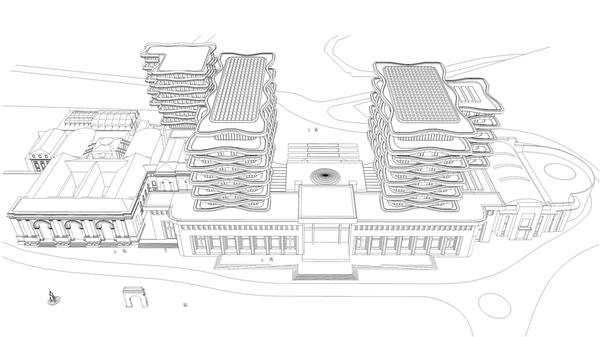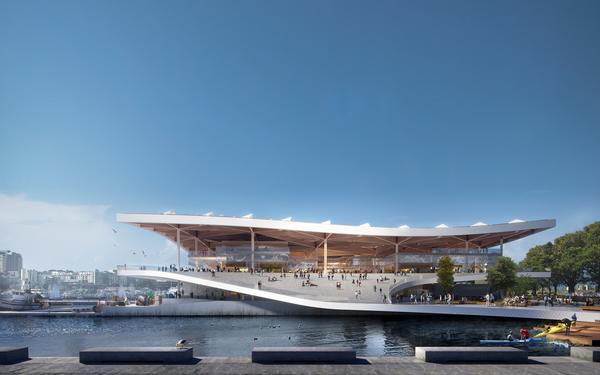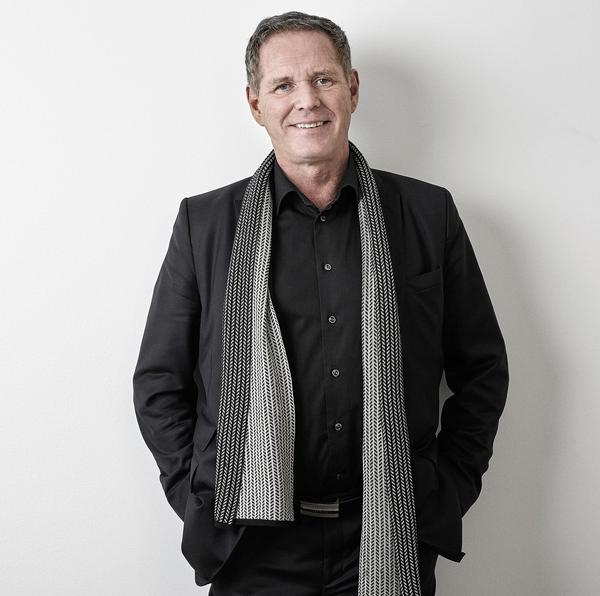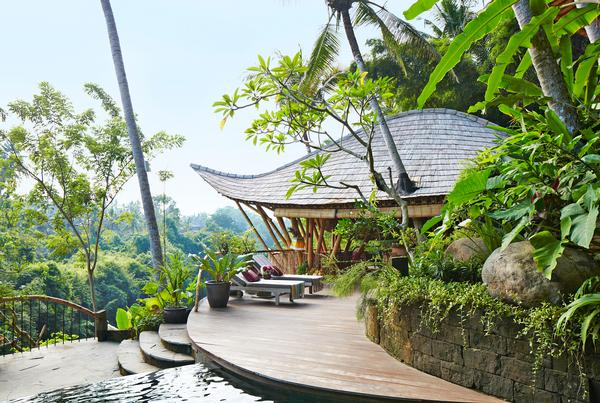Wellness
Living well
Wellness communities are on the rise, as developers, investors, consumers, and even governments are starting to see the benefits of creating and living in spaces dedicated to health. Jane Kitchen takes a closer look at wellness communities in Asia – a region that’s primed for growth
Wellness, it seems, has permeated every corner of our consciousness these days, so it’s not surprising that the idea of living somewhere that has our health – both physical and mental – front of mind is increasing in popularity. ‘Wellness communities’, as these places have become known, are on the rise; real estate firms, investors and the public are starting to see the benefits – both financial and physical – of creating and living in areas with a dedication to health.
“We have evolved our conversations from places we would like to visit, to places we may now work, play, heal, learn – and ultimately live,” says Mia Kyricos, chair of the Global Wellness Institute’s Initiative on Wellness Communities, who is also senior vice president, global head of wellbeing for Hyatt Hotels.
The Global Wellness Institute (GWI) has estimated wellness real estate to be a US$134bn sector that’s growing at a rate of 6 per cent a year – and predicts that it will jump to US$180bn by 2022. The first-ever dedicated research report on the subject was released in January 2018, and GWI senior researchers Ophelia Yeung and Katherine Johnston called the report “the most important research we’ve undertaken.”
“It’s not just because it’s a hot new industry market – but because it’s about where and how we live,” explains Johnston. “Collectively, we must shake up our thinking: healthy homes are as important as immunisations; parks, paths, and plants are as beneficial as prescriptions; friends and neighbours are far more important than Fitbits. All the industries that create our home environments – real estate investors, urban planners/designers, architects, transportation planners, the construction industry – play a massive role in human health. And they need to partner to meet the desperate need – and fast-rising demand – for healthier homes and communities.”
The GWI has defined wellness real estate as “homes or buildings proactively designed and built to support the holistic health of their residents,” and has tracked more than 600 projects across the globe, many of which are still in development. Its research has shown that homes in these wellness communities are commanding higher price premiums of between 10 and 25 per cent.
“Our homes and communities have had a massive, increasingly negative impact on our wellbeing, as they were designed following templates set up decades ago to meet the health and lifestyle needs of a radically different era,” says Johnston. “But now we’re at the beginning of a new movement in home and community design that tackles our uniquely modern problems: sedentary lives, unhealthy diets, stress, social isolation and loneliness, pollution, nature-deprivation, etc – and it’s creating powerful opportunities.”
The GWI report estimates the market value of wellness communities in Asia at US$47bn, with a growth rate of 7.3 per cent from 2015-2017, and 293 projects in the pipeline. Malaysia, Singapore, Vietnam, Indonesia and Thailand – countries with a strong wellness tourism sector – are growing, in particular in wellness real estate built as part of a wellness resort.
But it is China, in particular, the report notes, which is poised for robust future growth, driven by a growing middle class along with rising concerns about urban pollution and sprawl.
Anna Bjurstam, vice president of spas and wellness for Six Senses Resorts Hotels Spas, says she’s seen a shift in Asia, with more single women, and more women marrying later and having fewer children – which has big implications for the way in which people live.
“This means that the three generations living together is changing,” she explains. “The entire way of living is changing in Asia, and the need for communities is quickly on the rise – multi-generational living where people can live close to each other, yet not together.”
Joy Menzies, managing director of Bangkok-based Destination Spa Management (DSM), says her company is receiving a lot of interest in wellness communities in Asia, with Thailand and Malaysia seeing quite a bit of growth. But Menzies has seen so much interest in these communities from China, that she recently relocated there.
“The Chinese people are asking for wellness communities – there is more demand than availability at the moment,” says Menzies.
China is the second-fastest region for growth in wellness communities after the US; problems with pollution combine with a high-stress business culture to create a big demand for wellness. Additionally, the Chinese government has been prioritising projects that focus on culture and wellness for a few years now, reports Menzies, and this is fuelling the development of wellness-focused communities, though a lack of understanding of and experience in creating true wellness communities means many projects miss the mark.
“The government’s drive to insist developers consider the health and wellness needs of their residents hasn’t come with any education to the developers on what they should be including or focusing on,” explains Menzies.
But with government initiatives in place and further studies in progress through universities and research centres, Menzies hopes there will be more guidance and standards in place in the near future.
“China has great potential to lead Asia in the development of wellness communities, partly due to government initiatives but also because there is a continued need for new housing for its 1.4 billion population – and particularly for retirees. Additionally, in a country of 5,000 hot springs, there are great opportunities to build wellness real estate around these facilities. Against this wave is the sheer size of and speed at which these developments are built. Creating true wellness communities requires in-depth collaboration between every single party involved in a development – from the designer to the construction teams, to the operators, to the waste management provider to the marketing team.”
Architect: Heatherwick Studio
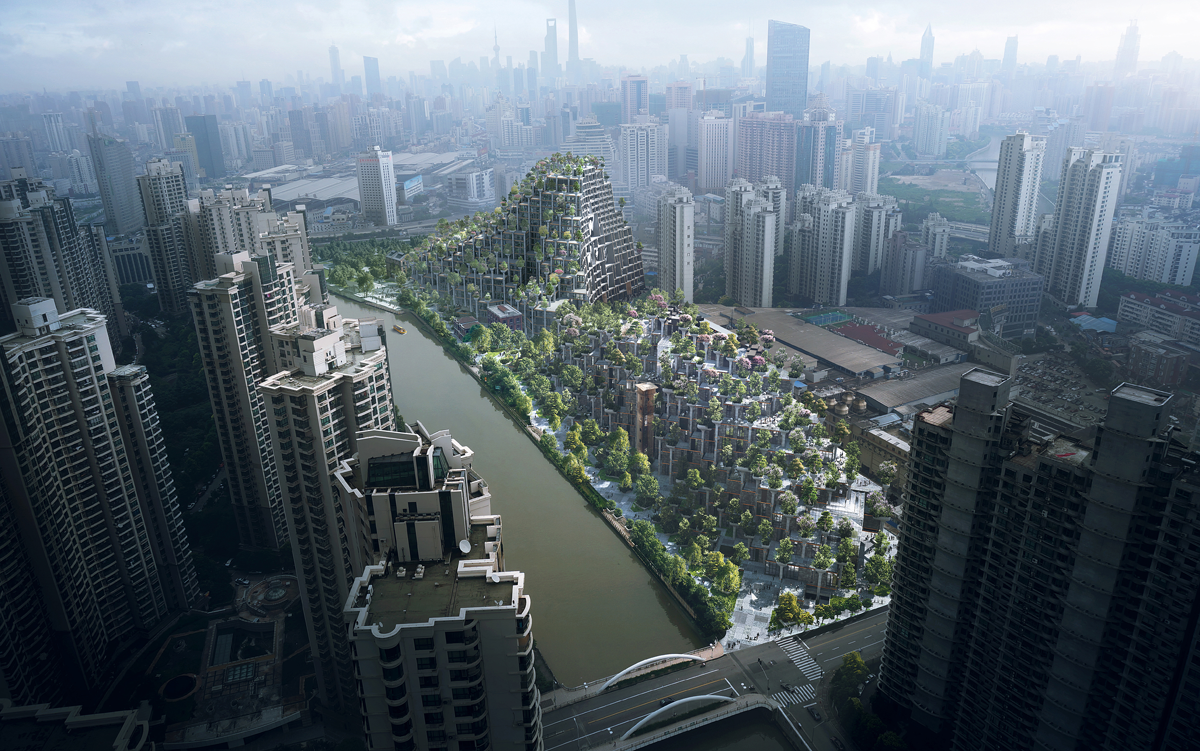
Designed by Heatherwick Studio for the developer Tian An China, 1000 Trees is a mixed-use development 20 minutes from central Shanghai that spans 300,000sq m. It will include housing and offices as well as shops, hotel rooms and a school.
Conceived not only as a building but also as a piece of topography, 1000 Trees takes the form of two tree-covered mountains, populated by hundreds of columns.
Rather than hiding the columns, which provide structural support, the columns emerge at the top of the building as large planters, each holding a handful of trees.
The 15-acre site is located next to the M50 arts district and a public park. The development is split over two plots of land connected by a narrow government plot and incorporates several historic buildings.
The integrated planting acts as a natural balancing element and the building’s edges are lowered to minimise the impact where it meets the art district and park, reducing the discernible threshold between them.
Architect: Foster + Partners
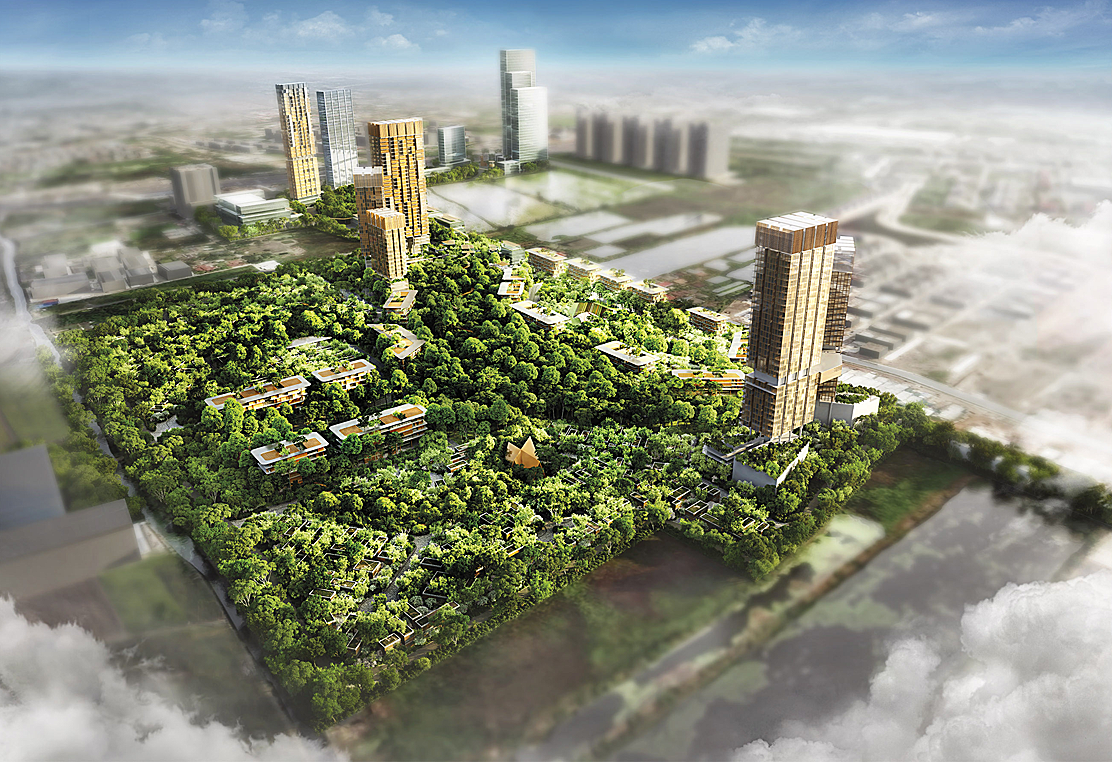
The Forestias is a THB90bn (US$2.8bn), 119-acre green development in Bangkok being developed by Magnolia Quality Development Corporation Limited (MQDC).
The project is a mixed-use, multi-generational lifestyle project that will also incorporate a large forest ecosystem. Set to open in 2022, it will include residential housing, retail buildings, office buildings, a health centre, innovation centre, forest pavilion, community space, learning centre and an extensive natural ecosystem.
Foster + Partners have provided consultancy on the architectural masterplan for The Forestias; Six Senses will provide hospitality and residential management, as well as the hotel group’s first membership club in Asia; and the Harvard T.H. Chan School of Public Health will conduct scientific research and data collection on the impact of the project’s landscape and design features on human health.
The Forestias is based on four core elements to create happiness: ‘50 Shades of Nature’ – happiness from living amid nature; ‘Connecting 4 Generations’ – happiness from being with family members across four generations; ‘Community of Dreams’ – happiness from space and facilities that allow people to connect and interact with each other; and ‘Sustainnovation for Wellbeing’ – technology and innovation that drive sustainability and promote health and wellbeing.
Six Senses will create wellness facilities for various types of housing, as well as various community wellness services, and will customise residential units with healthy options like sleep design and advice, and micro-gardens in the kitchens.
Architect: Tsao & McKown
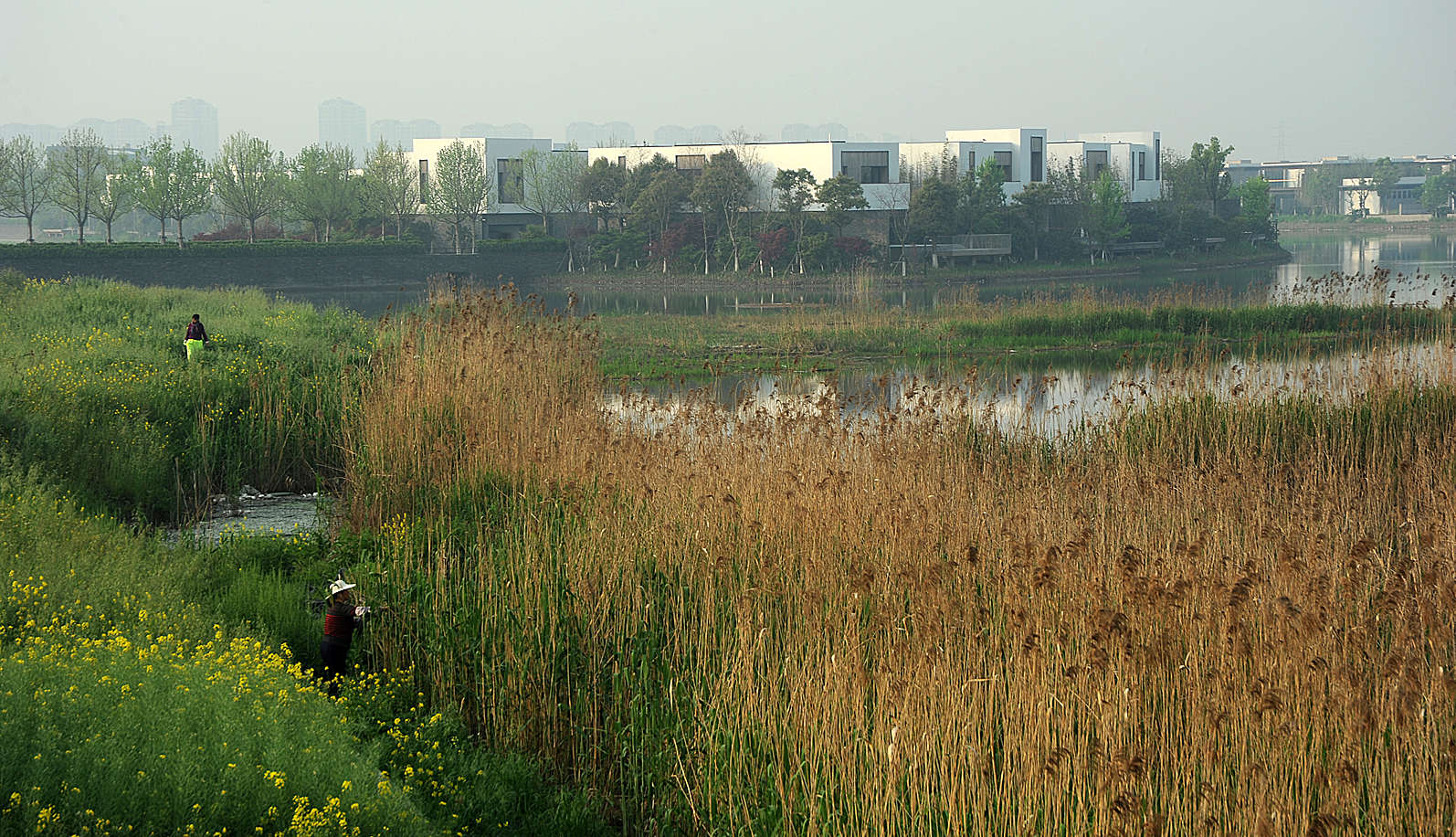
Architecture practice Tsao & McKown designed Sangha, a 189,000sq m (2m sq ft) luxury wellness retreat along Yangcheng Lake outside of Suzhou, China, that includes a 69-bedroom wellness hotel, a 6,000sq m (64,583sq ft) spa, a ‘learning campus,’ and a collection of four-bedroom residential villas and apartments.
Sangha’s wellness hotel offers a platform for wellbeing works, including an integrated medicine assessment and treatment centre, mind-body practice, coaching and counselling, spa, medi-spa and mindful dining. The 6,000sq m (64,583sq ft) spa includes treatments from massages to colonics, as well as a hammam, wet spa, steam room, saunas and night walks.
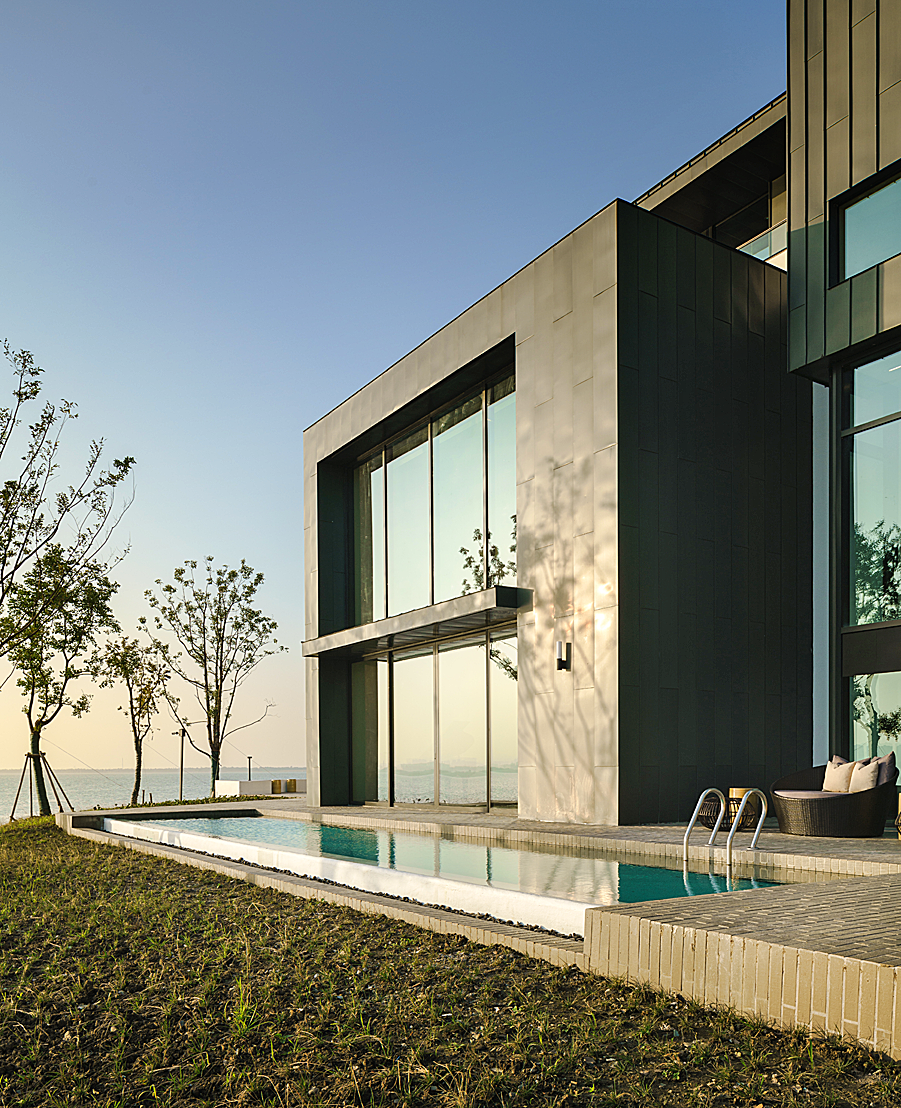
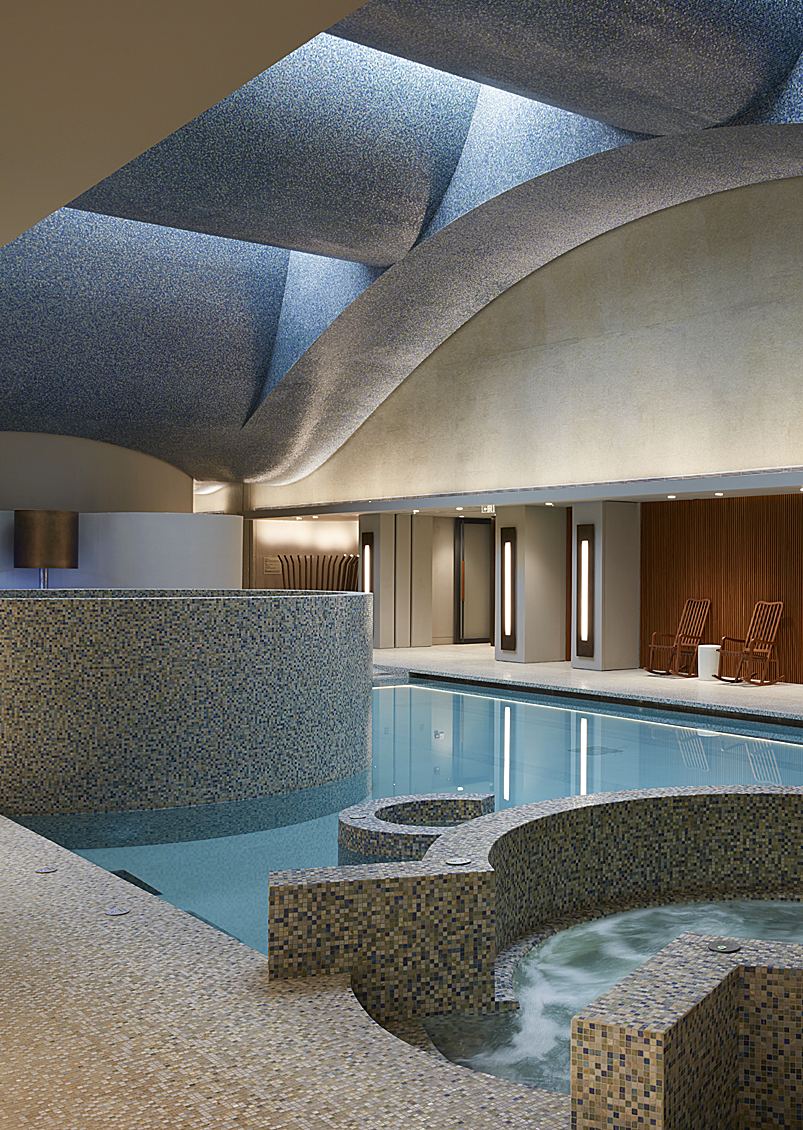
Architect: Jean-Michel Gathy
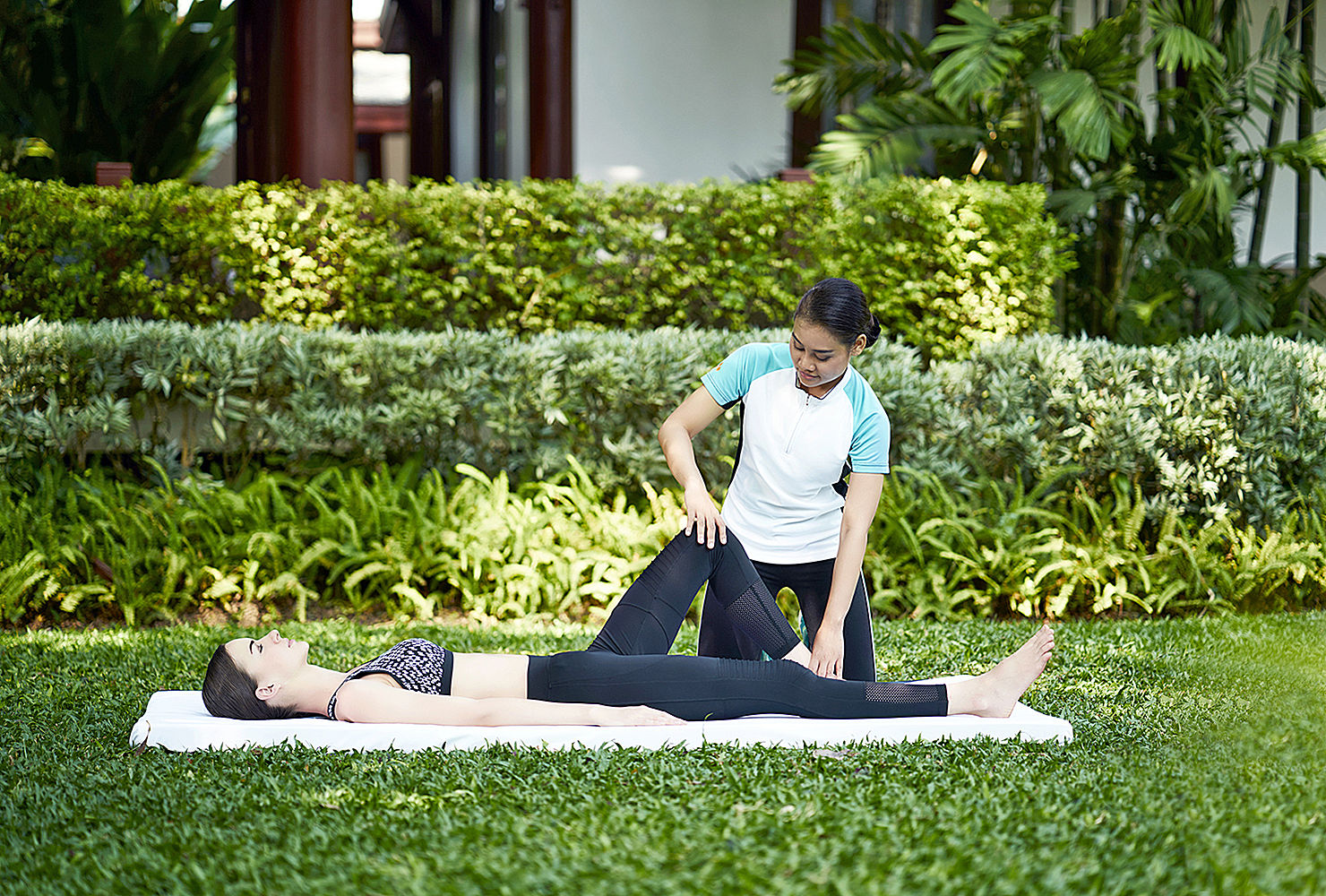
Destination wellness resort Chiva-Som will open its first location outside Thailand, in Bintan, Indonesia, which will also include its first permanent residences.
Chiva-Som Bintan will be located within the wider Treasure Bay Bintan development – a 338-hectare development focused on key pillars including wellness, active lifestyle, community living, sports and organic farming.
Chiva-Som Bintan will be about 25 hectares when completed, and will house a 70-bedroom wellness hotel, a wellness centre and 34 luxury villas ranging in size from one to five bedrooms. Built amid natural mangroves and overlooking white sandy beaches, the residences will include access to the resort’s spa facility, and owners will have the ability to work with Chiva-Som’s staff to create longevity programmes and customised wellness packages.
An on-site organic farm will be part of the project, and visitors can learn and participate in organic farming, as well as enjoy farm-to-table dining.
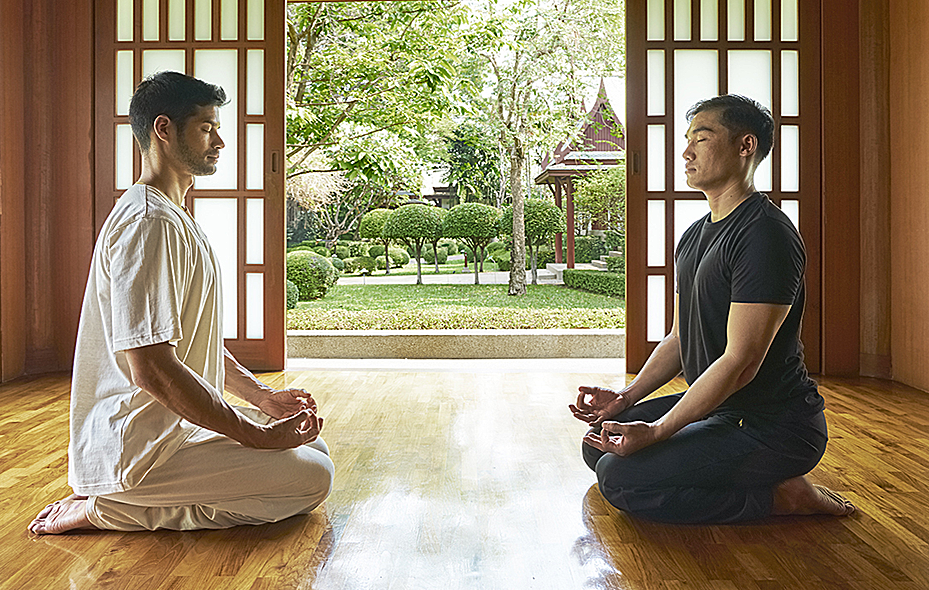
Architect: Stefano Boeri Architects, Milan
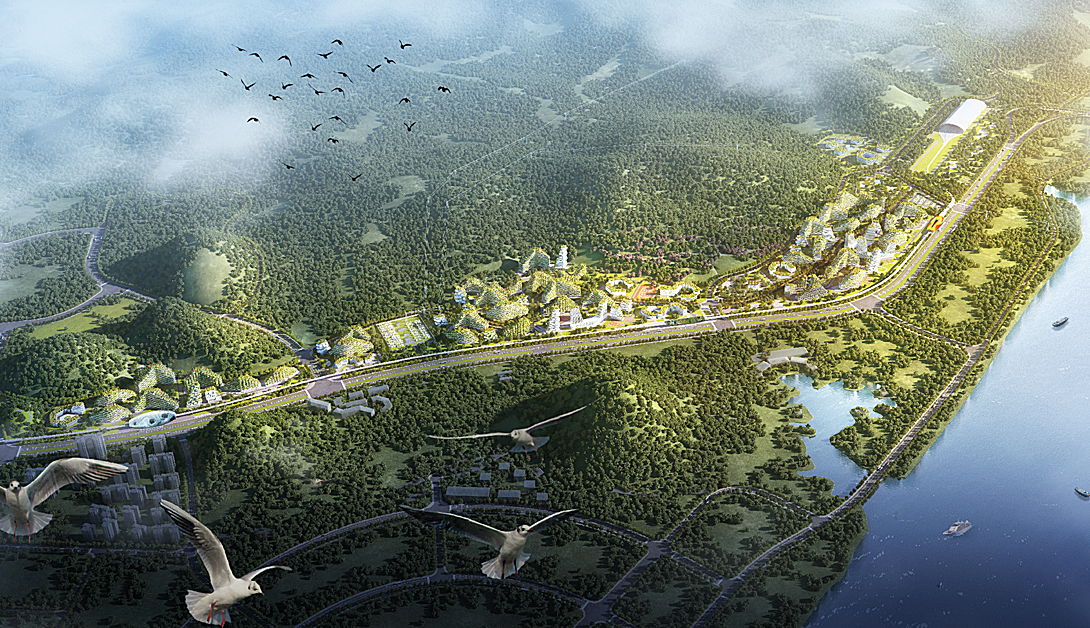
After the success of his Vertical Forest in Milan, architect Stefano Boeri is expanding his idea of urban forestry. The Forest City concept is designed to become a model of sustainable growth on a global level, starting with the Liuzhou Forest City in China.
The first Forest City will include offices, houses, hotels and schools entirely covered by plants and trees. Once completed, the new city will be home to 30,000 people, absorb almost 10,000 tons of CO2 and 57 tons of pollutants each year, and produce around 900 tons of oxygen.
The project is being built in the mountainous area of Guangxi in southern China in an area covering 175 hectares along the Liujiang River. The new green city will be connected to Liuzhou through a fast-rail line used by electric cars, and will include geothermal energy for interior air-conditioning and solar panels for collecting renewable energy.
Liuzhou Forest City will also host 40,000 trees and almost 1 million plants of over 100 species.
This will allow the city to improve air quality by absorbing both CO2 and fine dust, to decrease the average air temperature, to create noise barriers, and to help with biodiversity by creating habitats for birds, insects and small animals.
Architects: ThomsonAdsett, OpenBox Architects
.png)
Thonburi Healthcare Group is planning a residential project for retirees in Bangkok that includes integrated healthcare and wellbeing services. Jin Wellbeing County includes 13 seven-storey buildings with a total of 1,300 units, an Aged Care Center for assisted living, and a Wellness Center providing preventive healthcare services for physical, emotional and mental conditions.
Architecture firm ThomsonAdsett, which specialises in universal design, is responsible for the overall project and concept, while OpenBox Architects is handling building design based on a passive ecology concept, focusing on energy saving and maximising natural light and ventilation.
The project landscape encourages residents to enjoy the best of the nature, with shade trees and a running stream, and to be inspired to enjoy active living. Austrian healthcare service consultant Vamed – which is the parent company of Vamed Vitality World, which runs nine thermal resorts in Austria and Hungary – was hired to plan healthcare services in the project.
The Wellness Center is an eight-storey building that will house a saline swimming pool where residents can enjoy aqua exercise classes; fitness and personal trainers; massage services and spa; a rehabilitation clinic; and retail stores.
There are also activities to promote physical and mental health, such as brain exercise activities, activities in the library to promote lifelong learning, and activities to promote physical flexibility, such as yoga, dance, aerobic, Tai Chi and special exercises designed for senior professionals and retirees. Activities to promote interaction among residents and boost their social skills, including cooking classes, flower arrangement classes, art therapy, music therapy and excursions are also planned.
Architects: Architects KAA, and interiors A+1
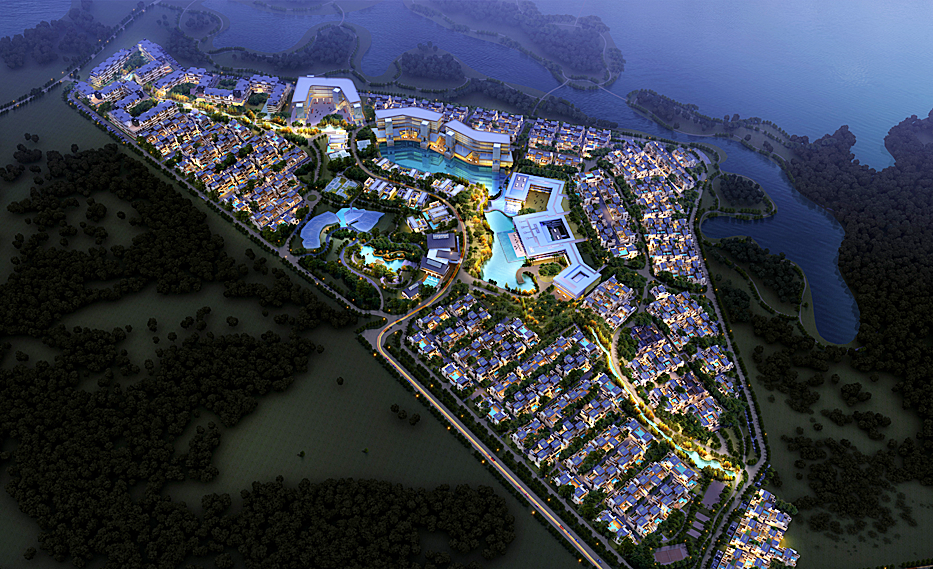
Qi’n Wellness includes 1,000 homes, a residents’ club and a 110-bedroom resort, and there are plans for a 10,000sq m (108,000sq ft) destination spa which is yet to be completed. Destination Spa Management (DSM) provided concept planning for the project.
Services at the spa will include diagnostics; holistic health, including traditional Chinese medicine as well as international rejuvenation medicine; physiotherapy; fitness, spa; beauty/grooming; and non-invasive cosmetic procedures
The GWI estimates wellness real estate in China to be valued at China US$19.9 bn, with 39 projects in the pipeline. Destination Spa Management, which specialises in concept planning for wellness communities, is currently working on three as-yet unnamed projects in China, which are all very much in the early stages of development:
Hengqin Island, Zhuhai
In the southern region of Zhuhai, this project will be positioned as a wellness community of around 2,200 homes primarily for the over 55s, a 20,000sq m wellness resort and a 5,000sq m community wellness club.
Guilin
This 2,000,000sq m project in Guilin is a real estate development set to include a high-end wellness resort and a natural medicines research institute.
Guangdong
A smaller, high-end development in Guangdong Province in the South, this community will include a dedicated wellness resort, housing for around 200 retirees and 50 family residences.



